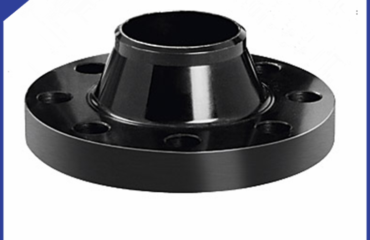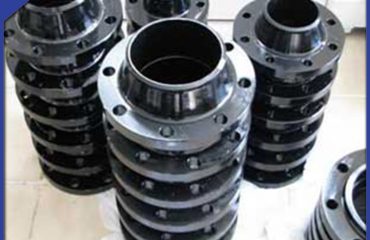
The proper selection of welding neck flanges is of utmost importance in various industries and applications. Welding neck flanges are widely used in piping systems to connect pipes, valves, and fittings. They provide a secure and leak-proof connection, ensuring the integrity and efficiency of the system. Here are some reasons why proper welding neck flange selection is essential:
- Safety and Reliability: Properly selected welding neck flanges ensure the safety and reliability of the piping systems. Flanges that are not suitable for the specific application can lead to leaks, ruptures, and failures, which can have severe consequences. By selecting the right flange based on the design pressure, temperature, and material compatibility, the risk of accidents and system failures can be minimized.
- Leak-proof Connection: One of the primary functions of a welding neck flange is to create a leak-proof connection between pipes, valves, and fittings. The flange’s design provides a secure joint, eliminating the possibility of fluid or gas leaks. Proper selection of flange dimensions, facing type, and gasket material ensures a tight seal, preventing leakage that can result in environmental contamination and financial losses.
- Compatibility with Piping System: Each piping system has different requirements, such as design pressure, temperature, fluid type, and corrosion resistance. It is crucial to consider these factors when selecting welding neck flanges. Flanges made from the wrong material or with incorrect dimensions can lead to compatibility issues, reducing the overall performance of the system. Proper selection ensures that the flanges can withstand the desired operating conditions and are compatible with the piping materials.
- Pressure and Temperature Resistant: Welding neck flanges are subjected to high-pressure and high-temperature conditions in many applications. The flange needs to be properly selected to withstand the specified pressure and temperature limits. If the flange material is not suitable or if the dimensions are inadequate, it can result in flange deformation, thermal expansion issues, or even flange failure under stress. By selecting the correct flange material and dimension, the system’s safety and performance are optimized.
- Material Compatibility: Proper welding neck flange selection includes considering the compatibility between the flange material and the piping material. Different materials have different characteristics in terms of corrosion resistance, chemical compatibility, and mechanical properties. Selecting the wrong material can result in galvanic corrosion, erosion, material degradation, and premature failure. By considering the compatibility between the flange material and the piping material, the system’s lifespan can be extended, reducing maintenance costs and downtime.
- Code and Standards Compliance: Different industries and applications have specific codes and standards that dictate the selection and use of welding neck flanges. These codes and standards ensure that the piping systems meet the required safety and performance requirements. Proper flange selection involves considering the applicable codes and standards to ensure compliance with the regulations. Non-compliance can result in legal and regulatory issues, as well as compromise the safety of the system.
 Language
Language Espanol
Espanol English
English Italian
Italian عربى
عربى
 Skype: chinamaker99
Skype: chinamaker99  Tel: 86-316-5120812
Tel: 86-316-5120812  Email:
Email:  Whatsapp:
Whatsapp: 
